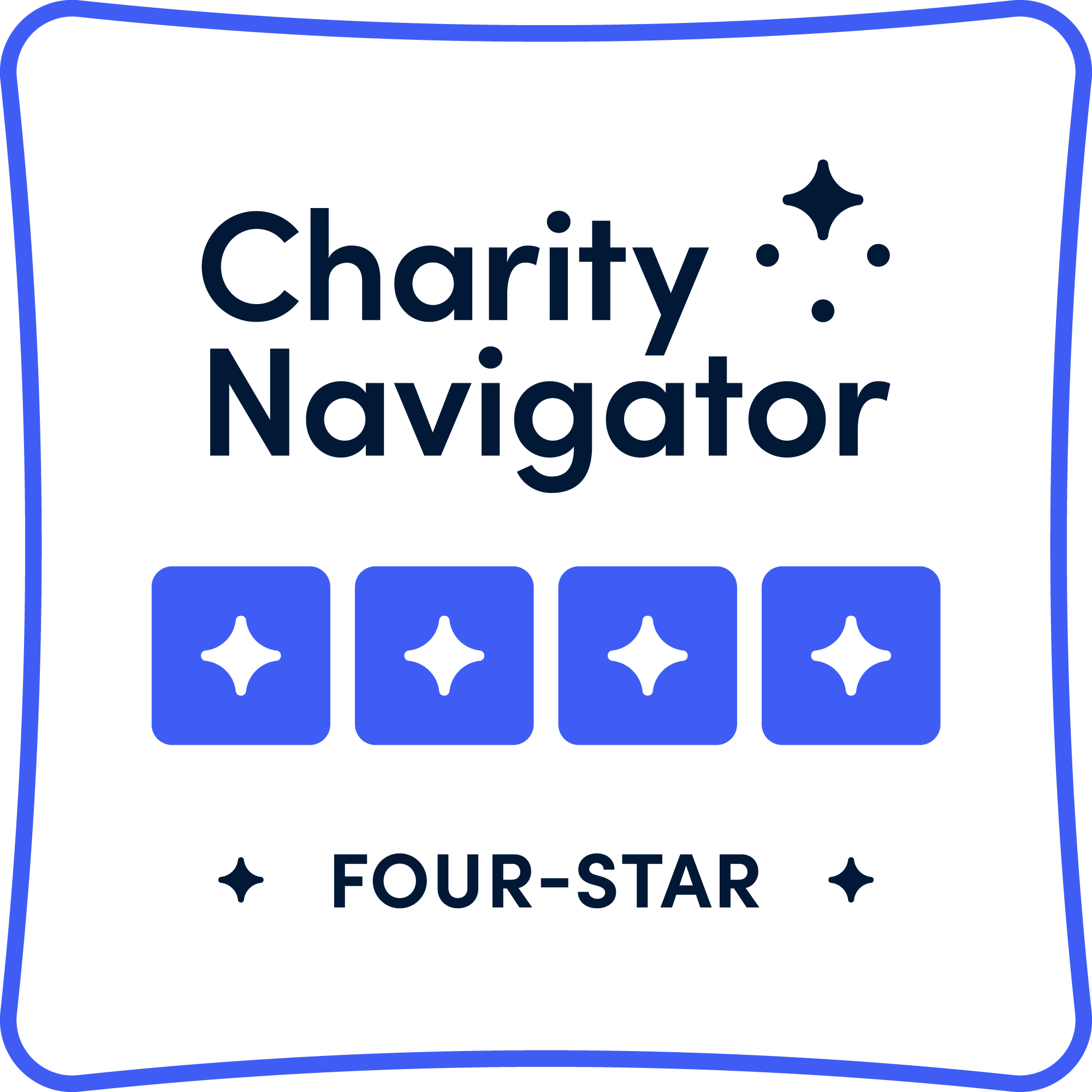The Centers for Medicare & Medicaid Services (CMS) released a final rule implementing increased ownership and managerial disclosure requirements in nursing homes. This past April, Consumer Voice offered extensive comments in response to the proposed rule. In our comments, we urged CMS to define critical terms and to use their broad regulatory powers to implement the law in an impactful way. The final rule reveals that CMS has made few changes, leaving the proposed rule mostly intact.
Knowing who owns a nursing home can be a matter of life or death. It is well documented that certain types of owners are more likely to provide poor care. For instance, one study found that residing in a nursing home owned by private equity owners raised the mortality rate of Medicare residents by ten percent. On average, we know that non-profit homes staff 23% higher than for-profit homes, however, some kinds of non-profits staff much worse than others. In order to make informed choices, consumers must have access to detailed nursing home ownership.
Ownership information is also necessary to help hold nursing home owners and operators accountable for how they use the tens of billions of Medicare and Medicaid dollars they receive each year. Nursing home owners have learned countless tricks to disguise ownership of homes through the use of shell companies, layered corporations, and other devices. These steps are taken to mask how taxpayer dollars are used. We, as a country, have a tangible interest in how our taxpayer dollars are used to provide care to our most vulnerable citizens.
Just recently, in a different proposed regulation, CMS stated that a “lack of transparency, regarding nursing home finances, operations, and ownership impedes the ability to fully understand how current resources are allocated.” In the final rule, CMS has taken a step in the right direction to begin to address the problem of the lack of transparency in nursing home ownership, but much more work needs to be done.



